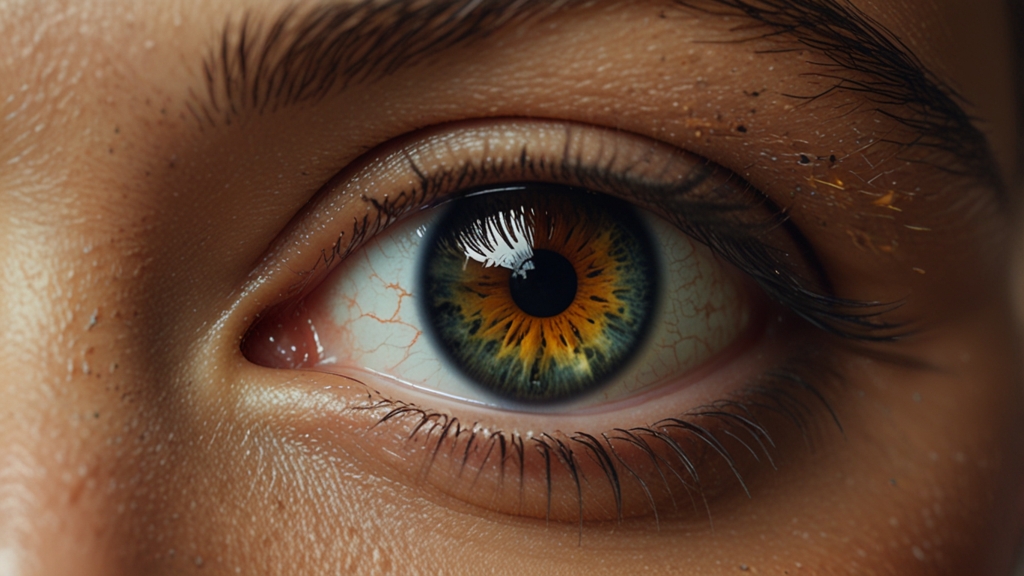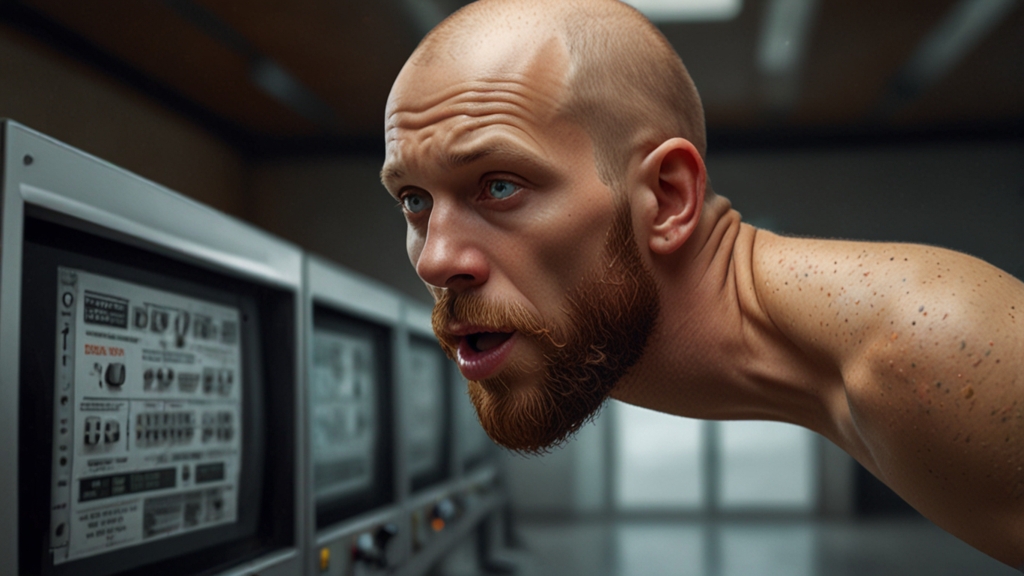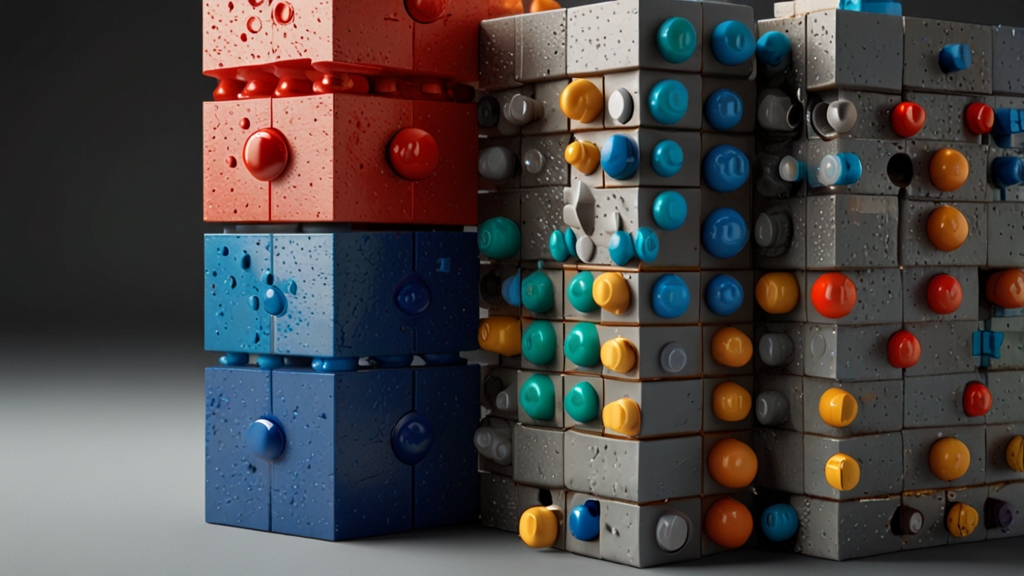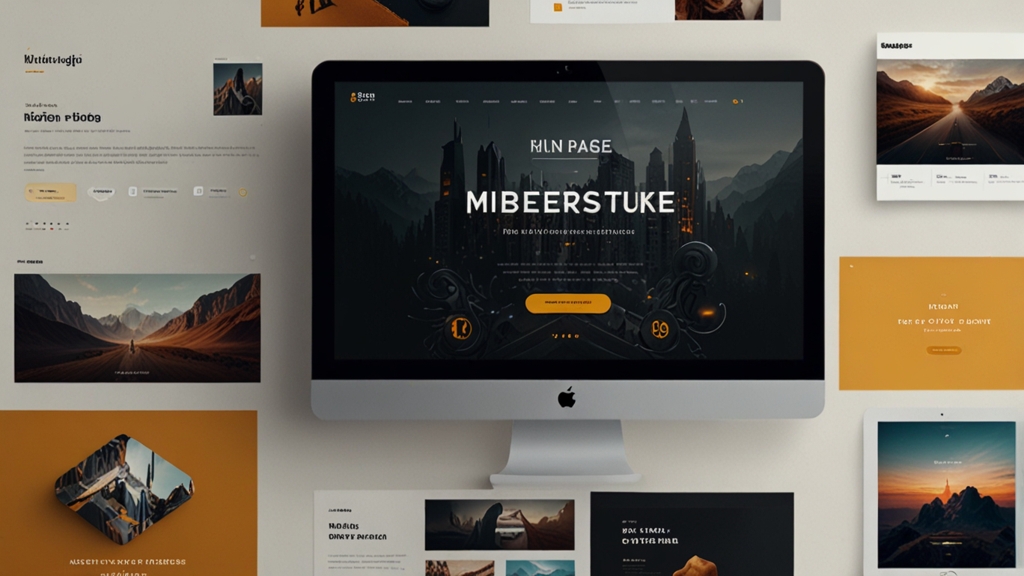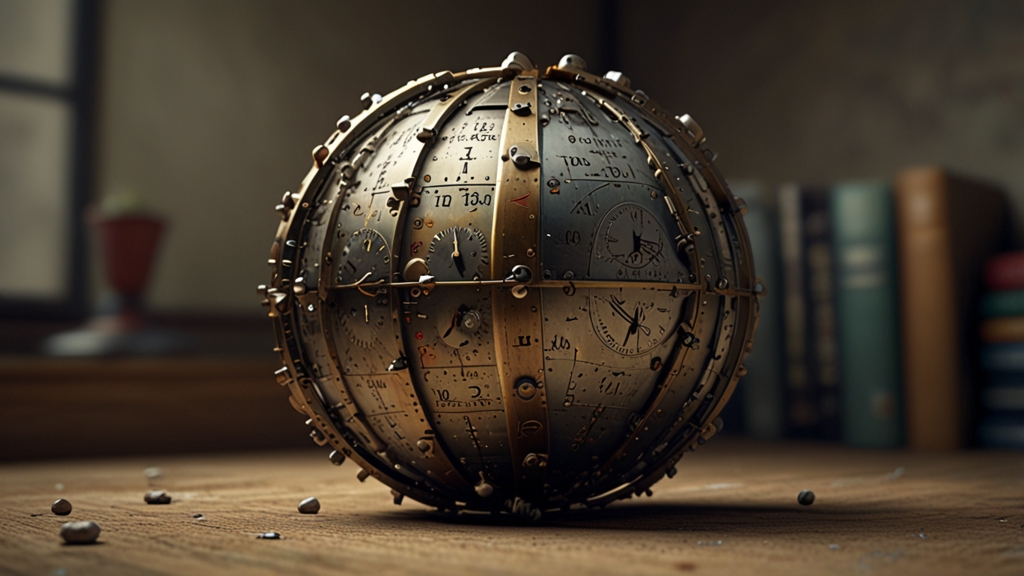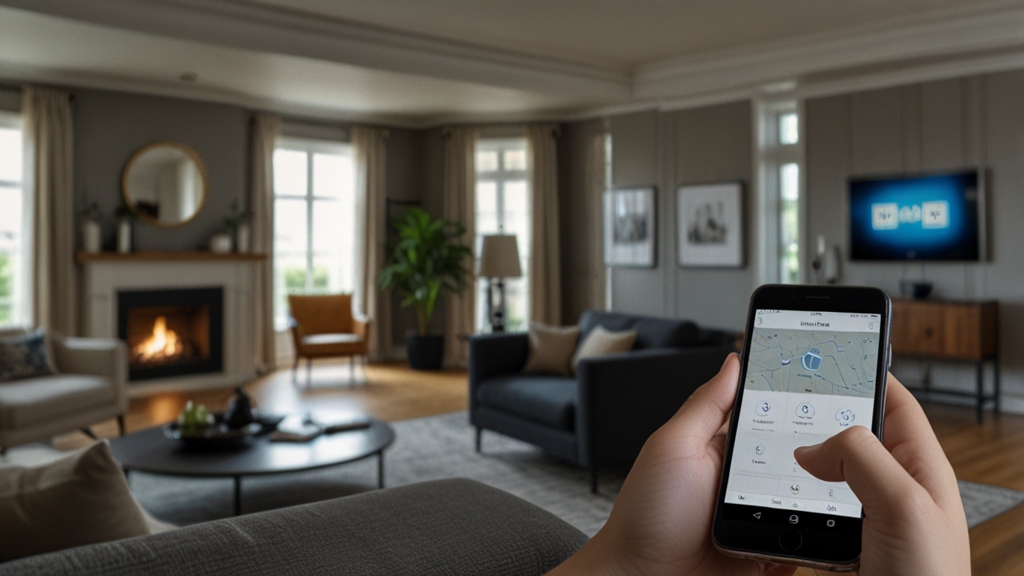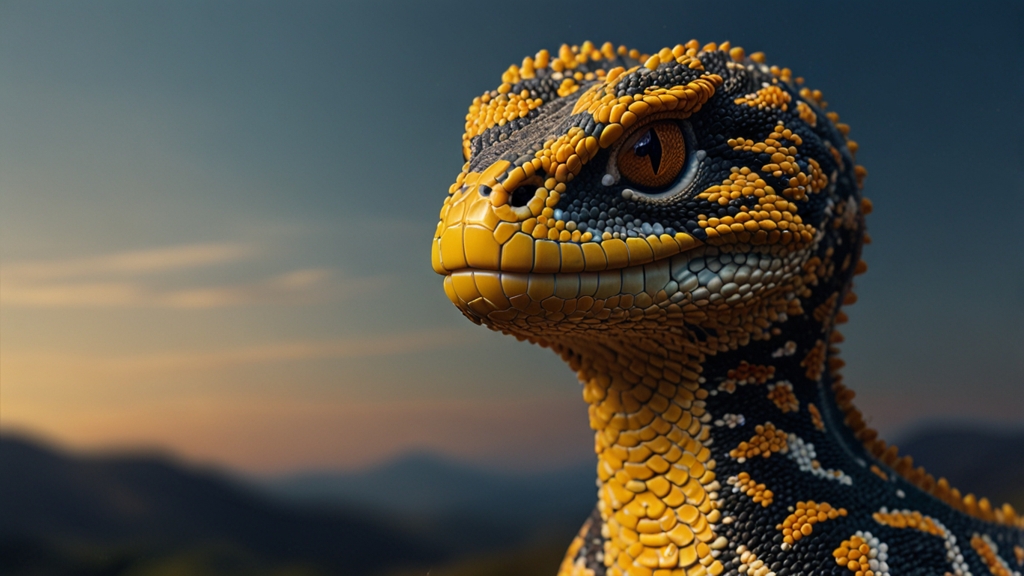Make Your Websites Pop with Eye-Catching CSS Styles
In the ever-evolving digital landscape, creating a website that stands out is more critical than ever. The foundation of any stellar website lies not just in its functionality, but in its design. One of the most potent tools at your disposal for creating visually appealing websites is Cascading Style Sheets (CSS). CSS allows you to transform an ordinary webpage into an engaging, eye-catching experience. In this article, we will explore how you can use CSS to make your websites truly pop.
Understanding the Basics
Before diving into advanced techniques, it's essential to grasp the basics of CSS. CSS is used to style and layout web pages, including design elements like colors, fonts, and spacing. A well-structured CSS file can turn a bland HTML document into a polished, professional site. Here are a few basic properties to get you started:
- Color: The color property allows you to set the color of the text.
- Font-family: This property specifies the typeface.
- Margin & Padding: These properties control the spacing around and within elements.
Enhancing Aesthetics with CSS
Once you are comfortable with the basics, you can start to experiment with more advanced techniques to create a more engaging user experience. Here are some strategies:
1. Use Gradients
Gradients can add depth to your website. CSS allows you to create linear and radial gradients, making your backgrounds more dynamic and eye-catching.
Example:
background: linear-gradient(to right, #ff7e5f, #feb47b);
2. Implement Typography Effectively
Typography is a critical element in web design. Using different font families, sizes, and weights can create hierarchy and guide the user's attention.
Example:
font-family: 'Roboto', sans-serif; font-weight: 700;
3. Add CSS Animations
Animations can make your website feel more interactive and lively. CSS animations can be used to emphasize elements on the page.
Example:
@keyframes fadeIn { from { opacity: 0; } to { opacity: 1; } }.fade-in { animation: fadeIn 2s ease-in-out; }
4. Utilize Flexbox and Grid
CSS Flexbox and Grid are powerful tools that allow you to create complex layouts without using floats or positioning. They provide more flexibility and responsiveness to your designs.
Example:
.container { display: flex; justify-content: space-between; }.grid-container { display: grid; grid-template-columns: auto auto auto; }
Conclusion
CSS is an invaluable tool for anyone looking to create visually stunning websites. While mastering CSS takes time, understanding and implementing key techniques can make your website not only functional but also engaging. From using gradients and effective typography to incorporating animations and leveraging layout models like Flexbox and Grid, the possibilities are endless. Start experimenting today, and watch your websites pop with eye-catching CSS styles!
Remember, the most effective designs are often the simplest. Ensure that your CSS enhances the user experience rather than distracting from it. Happy styling!
